If a tire goes flat, avoid further tire and wheel damage by driving slowly to a level place. Turn on your hazard warning flashers. See Hazard Warning Flashers for more information.
Caution: Changing a tire can be dangerous. The vehicle
can slip off the jack and roll over or fall on you or other people. You and they could
be badly injured or even killed. Find a level place to change your tire.
To help prevent the vehicle from moving:
Put the wheel blocks at the front and rear of the tire farthest away
from the one being changed. That would be the tire on the other side, at the opposite
end of the vehicle.
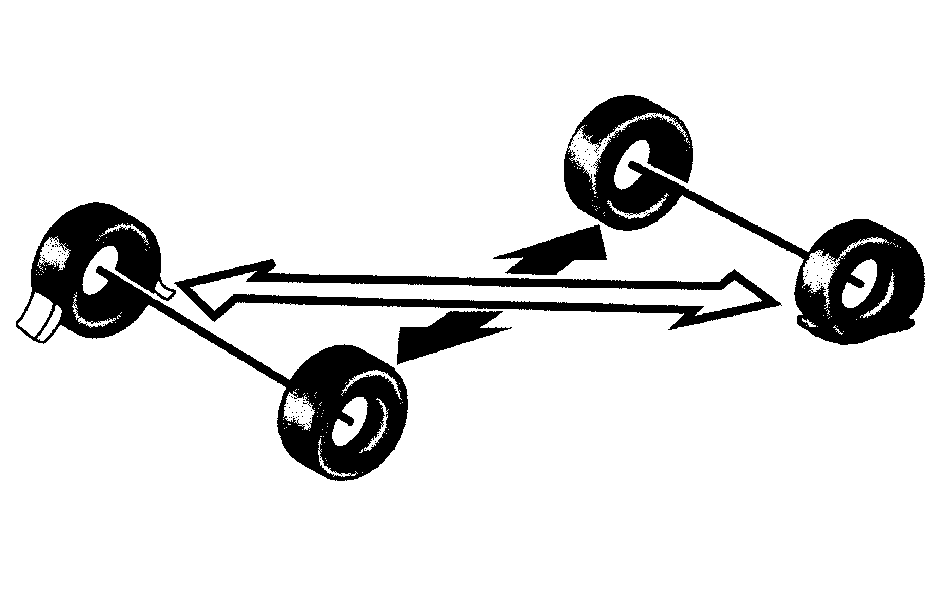
The following steps will tell you how to use the jack and change a tire.
Removing the Spare Tire and Tools
Crew Cab
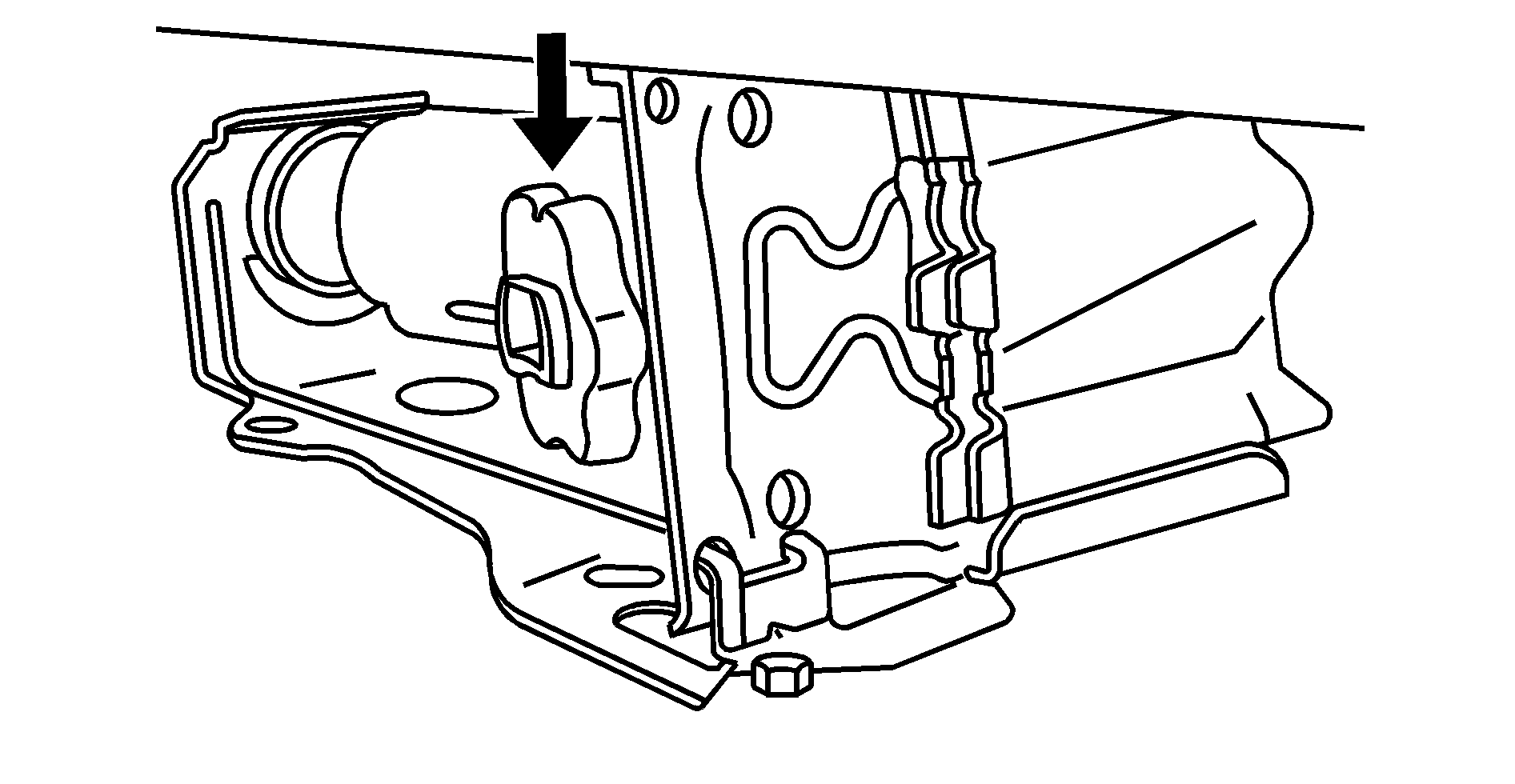
Regular and Extended Cab
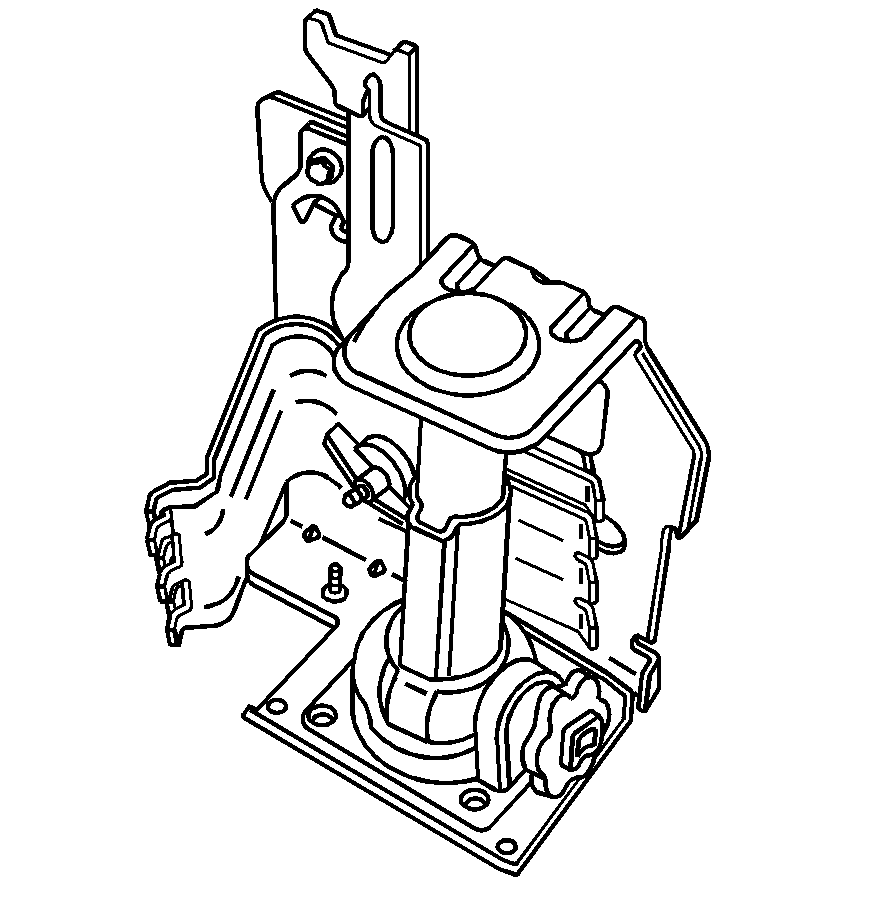
The tools you will need are under the passenger's seat. For crew cab models, the jack and wheel blocks are under the driver's side rear seat. For regular and extended cab vehicles the jack and wheel blocks are located under the cover at the center of the vehicle behind the front seats.
- The vehicle will have a cover if it is an extended or regular cab.
- Move the seats forward and turn the wing nut on the cover counterclockwise to remove it. For crew cab models, reach under the rear seat to access the jack and wheel blocks. To reinstall the jack and wheel block assembly in the mounting bracket, insert the tabs into the jack base by pushing the blocks up into the assembly. The outer hole in the jack base aligns with the tab on the bracket. When reinstalling, make sure the jack is secure, but do not overtighten the jack in the bracket.
- The wheel blocks and the wheel block retainer can be removed by turning the wing nut counterclockwise.
- There is also a wing nut used to retain the storage bag and tools located under the front passenger's seat. To remove it, turn the wing nut counterclockwise.
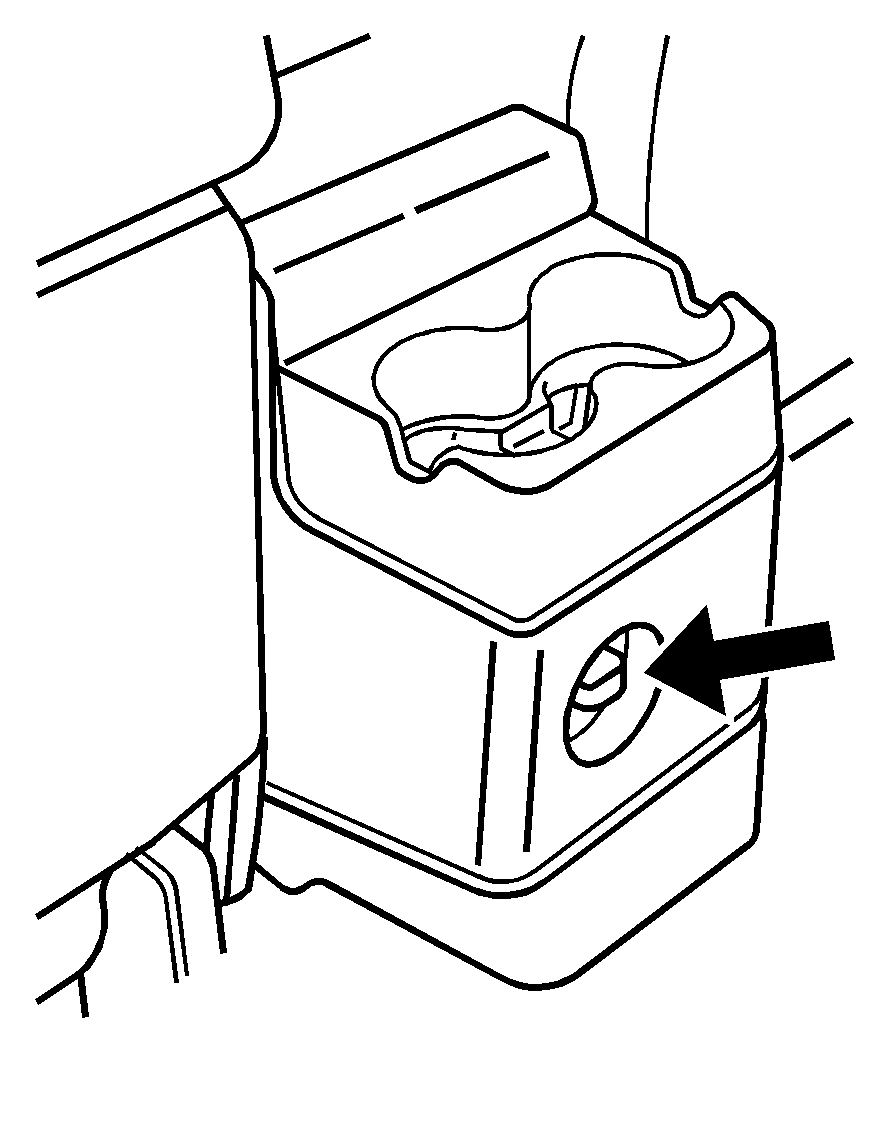
Put the wheel blocks at the front and rear of the tire farthest away from the one being changed. That would be the tire on the other side, at the opposite end of the vehicle.
You will use the jack handle extensions and the wheel wrench to remove the underbody-mounted spare tire.
-

Jack Handle Extensions
Bottle Jack
Extension Tool
Wheel Wrench
Wheel Blocks
- Assemble the wheel wrench (D) and the jack handle extensions (A) as shown.
- Insert the hoist end (chiseled end) of the extension tool through the hole in the rear bumper and into the funnel-shaped guide. The chiseled end of the extension is used to lower the spare tire.
- Turn the wheel wrench (D) counterclockwise to lower the spare tire to the ground. Continue to turn the wheel wrench until the spare tire can be pulled out from under the vehicle.
- When the tire has been lowered, tilt the retainer and slide it up the cable so it can be pulled up through the wheel opening.
- Put the spare tire near the flat tire.
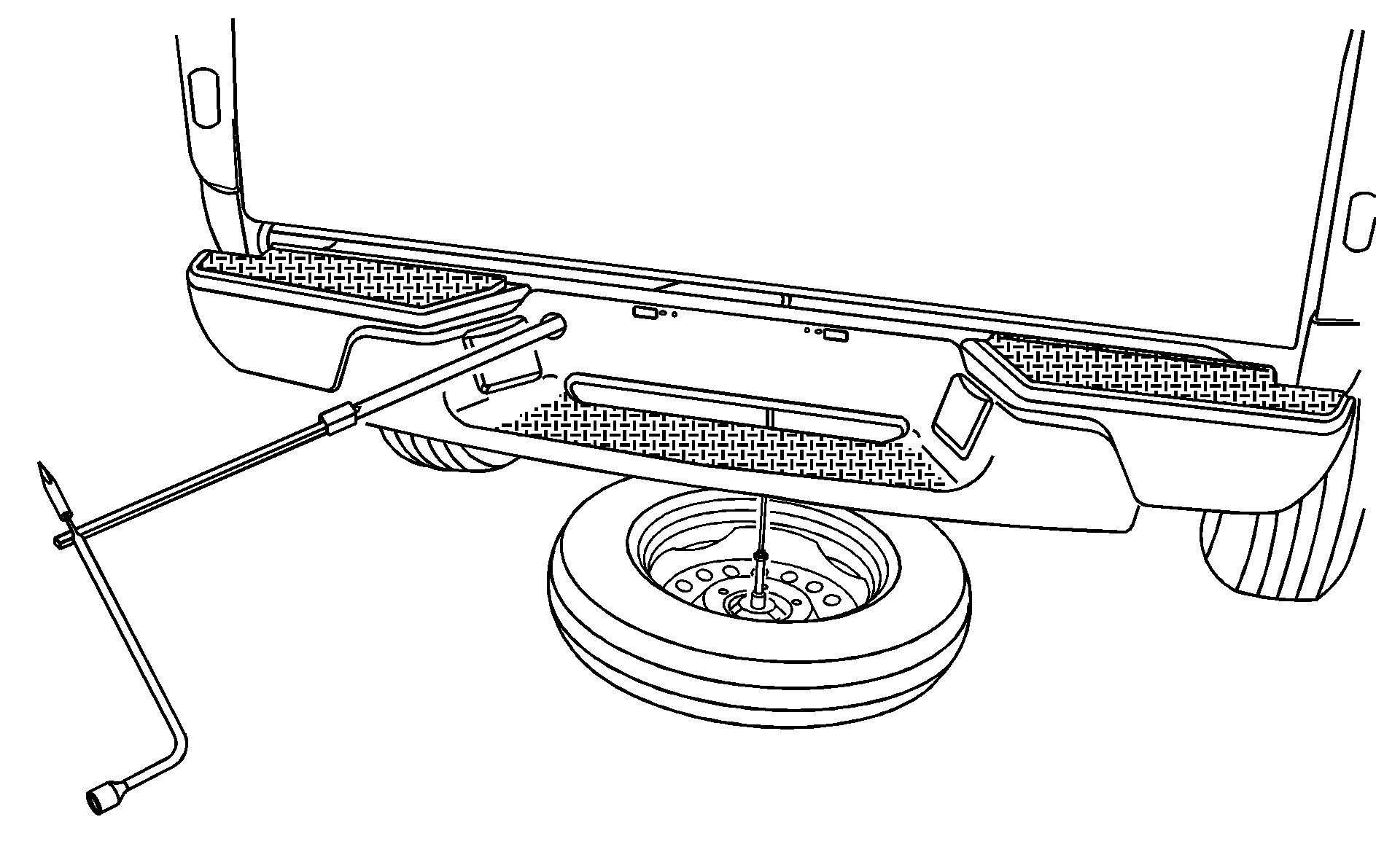
If the spare tire does not lower to the ground, the secondary latch is engaged causing the tire not to lower. See "Secondary Latch System" later in this section.
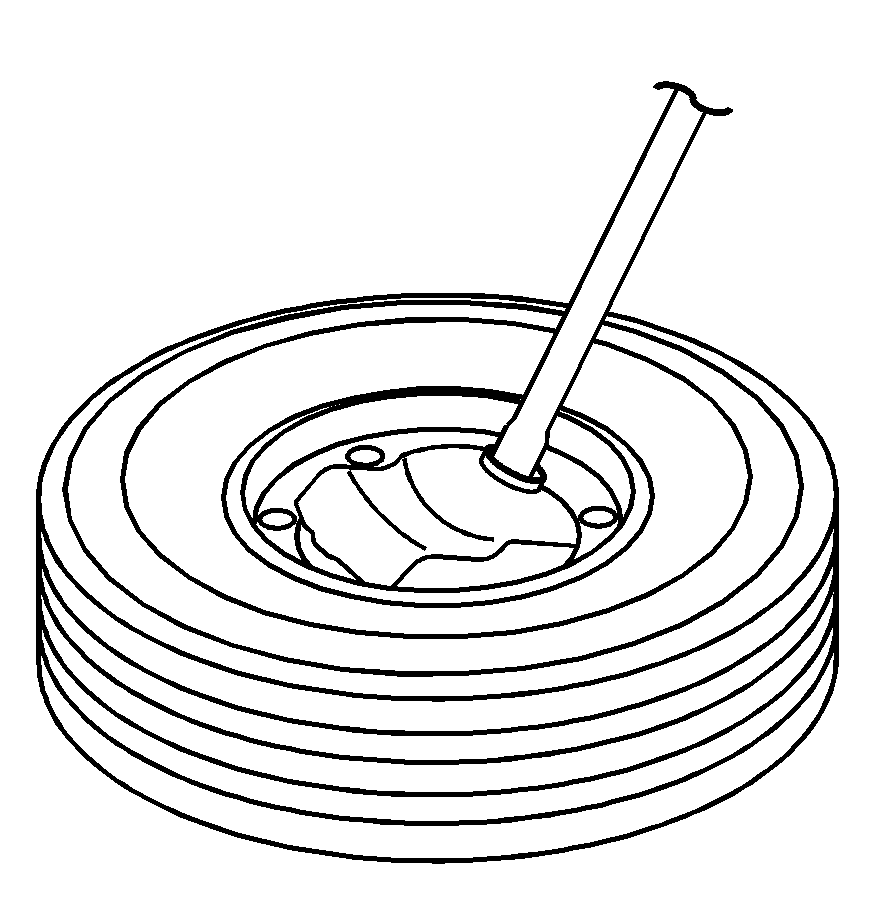
Removing the Flat Tire and Installing the Spare Tire
Use the following pictures and instructions to remove the flat tire and raise the vehicle.
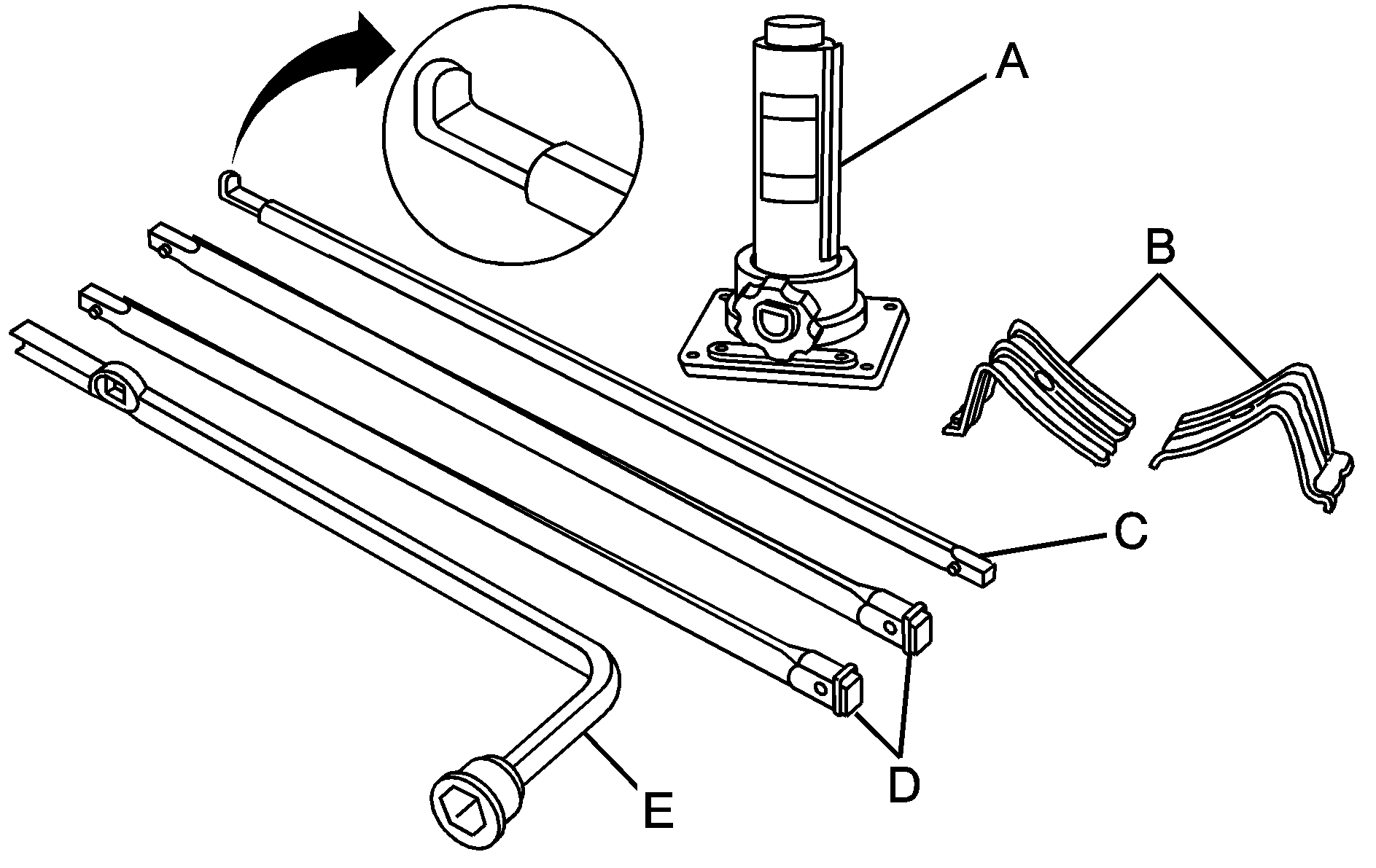
The tools you will be using include the bottle jack (A), the wheel blocks (B), the extension tool (C), the jack handle extensions (D), and the wheel wrench (E).
- Remove the center cap by placing the chisel end of the wheel wrench (E) in the slot on the wheel and gently prying the cap out.
- Use the wheel wrench to loosen all the wheel nuts. Turn the wheel wrench counterclockwise to loosen the wheel nuts. Do not remove the wheel nuts yet.
- Position the jack (A) under the vehicle as shown.
- If the flat tire is on the front of the vehicle, position the jack to the rear of the front tire in the pocket off of the frame.
- Make sure the jack head is positioned so that the rear axle is resting securely between the grooves that are on the jack head.
- Turn the wheel wrench clockwise to raise the vehicle. Raise the vehicle far enough off the ground so there is enough room for the spare tire to fit under the wheel well.
- Remove all the wheel nuts and take off the flat tire.
- Remove any rust or dirt from the wheel bolts, mounting surfaces and spare wheel.
- After mounting the spare, put the wheel nuts back on with the rounded end of the nuts toward the wheel. Tighten each wheel nut by hand. Then use the wheel wrench to tighten the nuts until the wheel is held against the hub.
- Turn the wheel wrench counterclockwise to lower the vehicle. Lower the jack completely.
- Tighten the wheel nuts firmly in a crisscross sequence as shown by turning the wheel wrench clockwise.
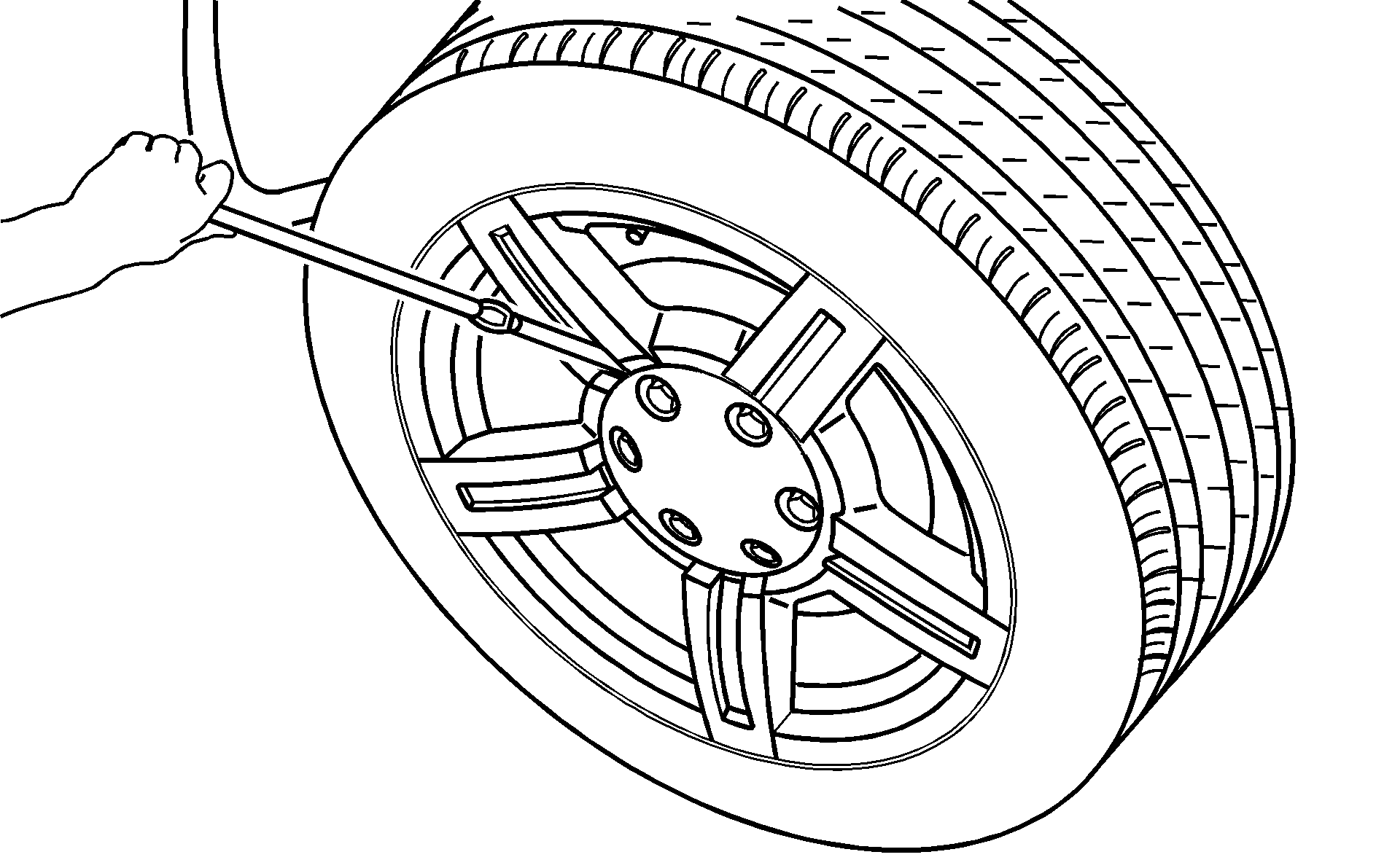
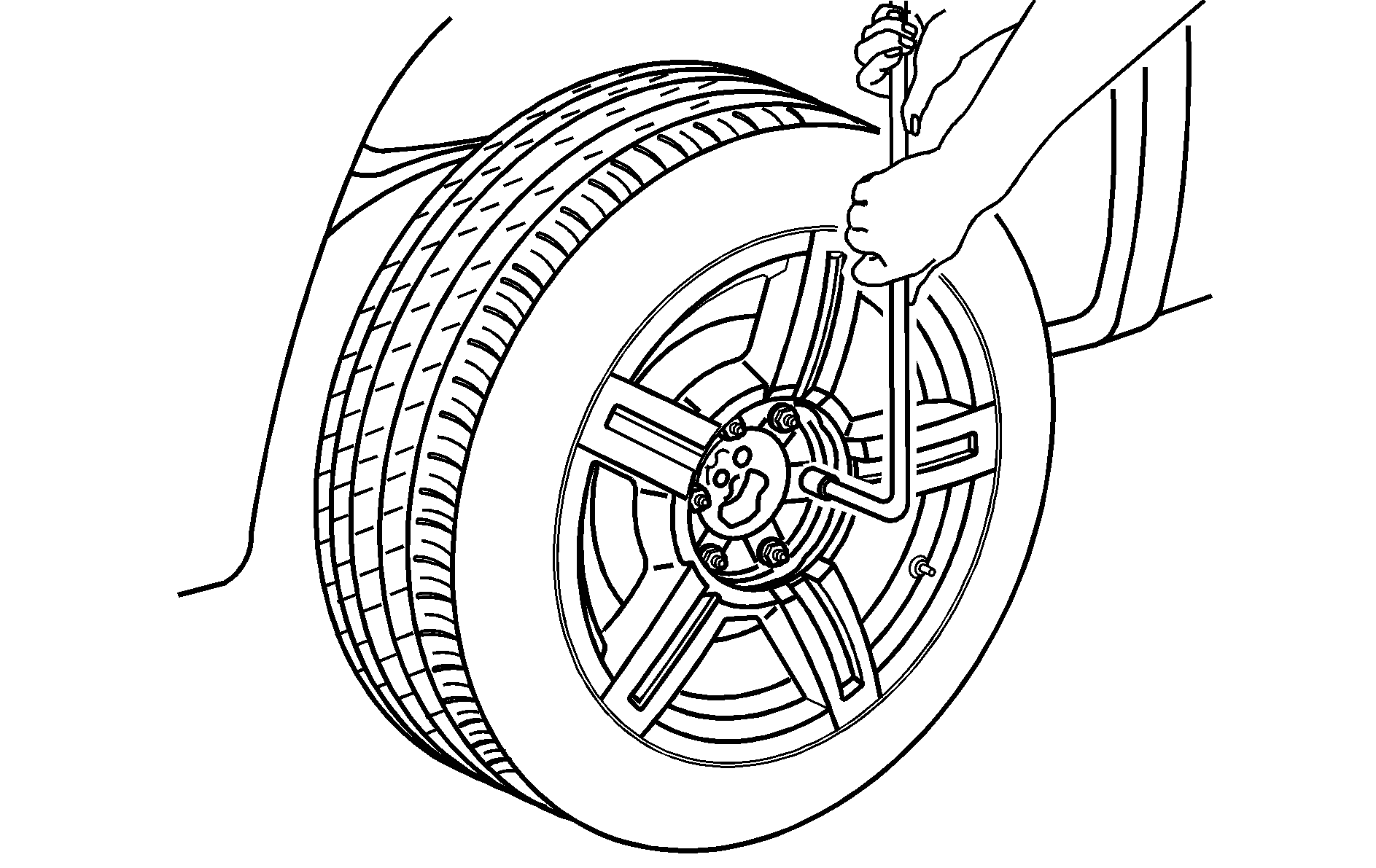
Front Location
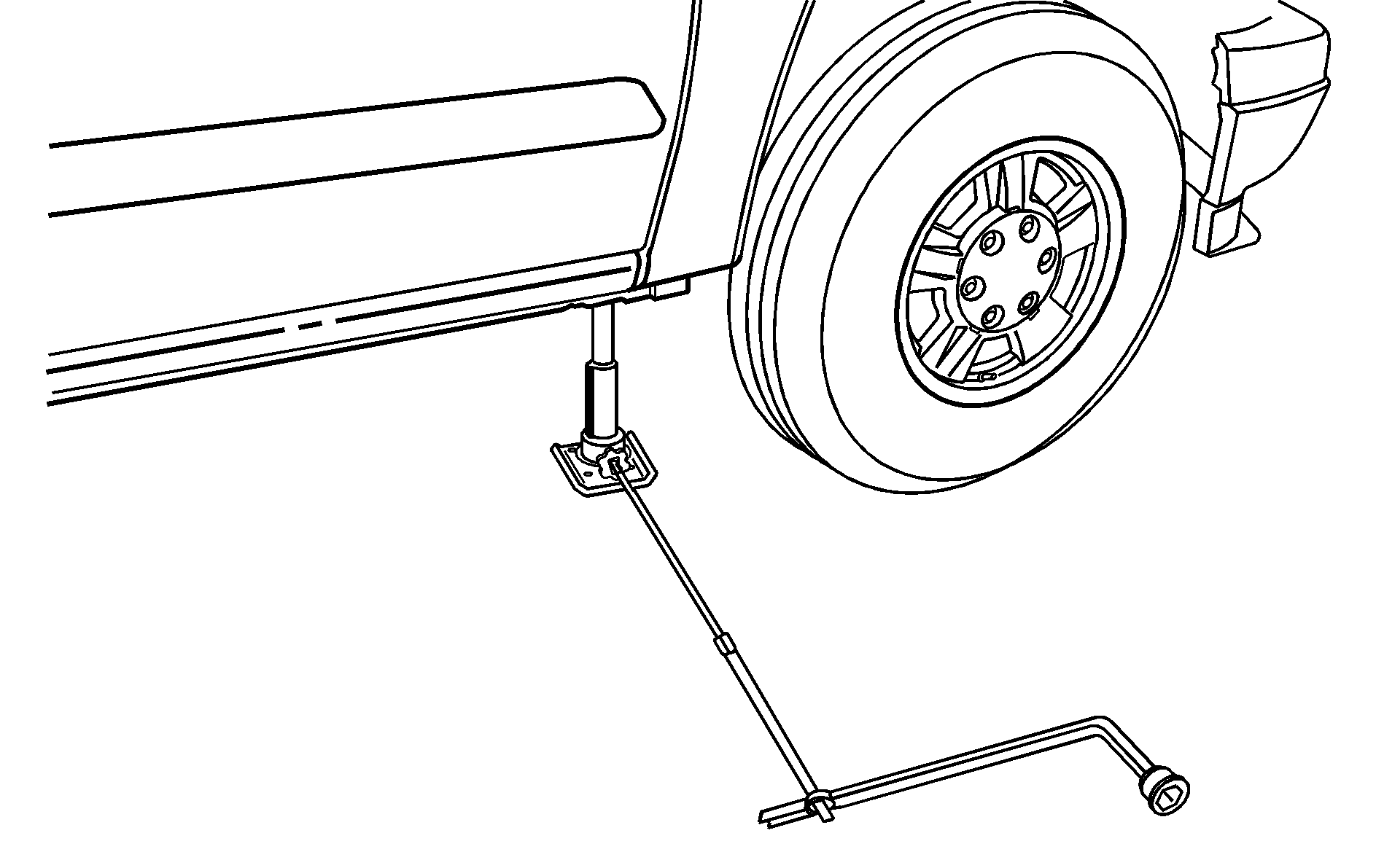
Front Location

Rear Location
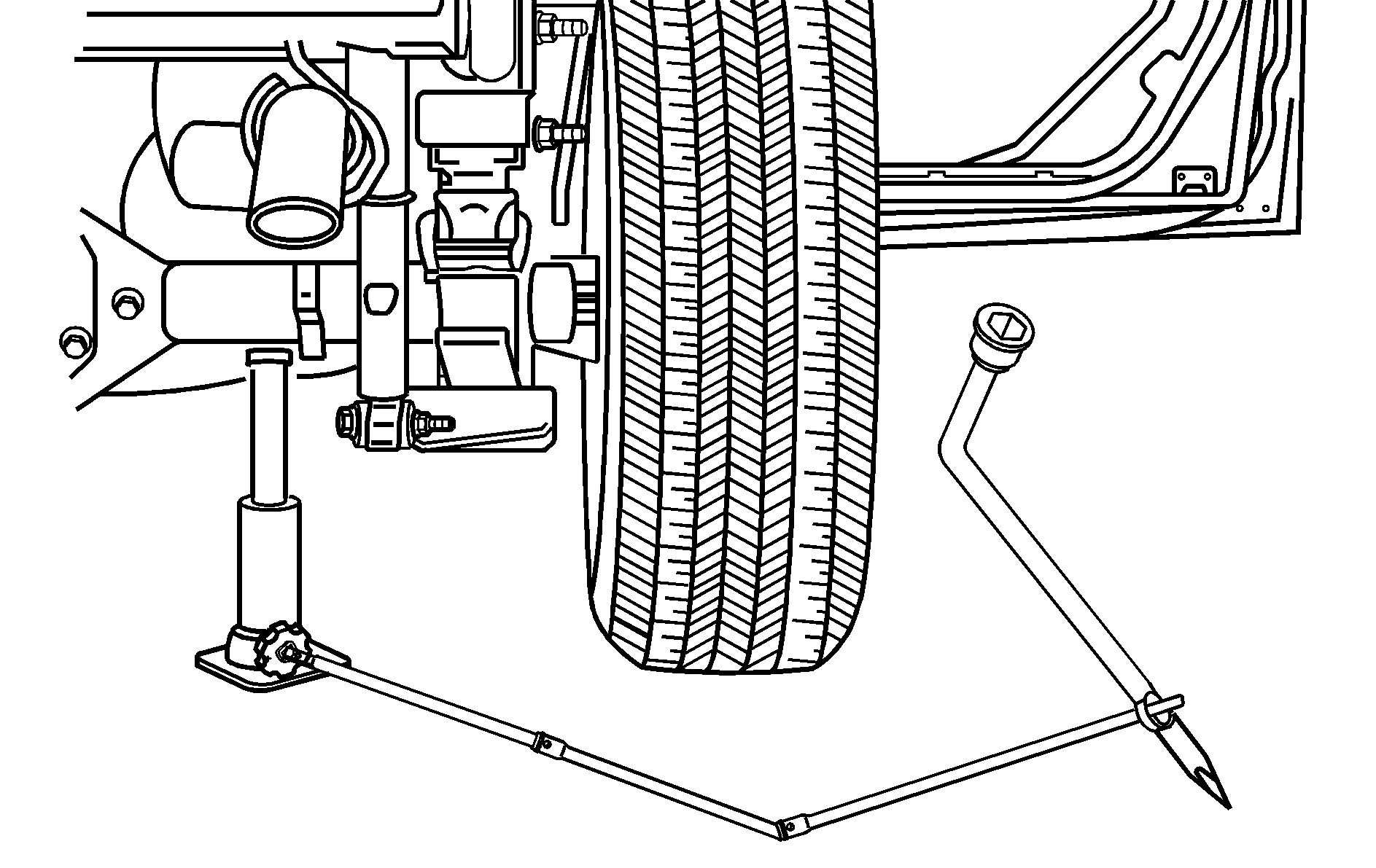
Front Location

If the flat tire is on the rear, position the jack under the rear axle and get as close as possible to the shock absorber.
Caution: Getting under a vehicle when it is jacked up is dangerous. If the vehicle slips off the jack you could be badly injured or killed. Never get under a vehicle when it is supported only by a jack.
Caution: Raising your vehicle with the jack improperly positioned can damage the vehicle and even make the vehicle fall. To help avoid personal injury and vehicle damage, be sure to fit the jack lift head into the proper location before raising the vehicle.
Rear Position


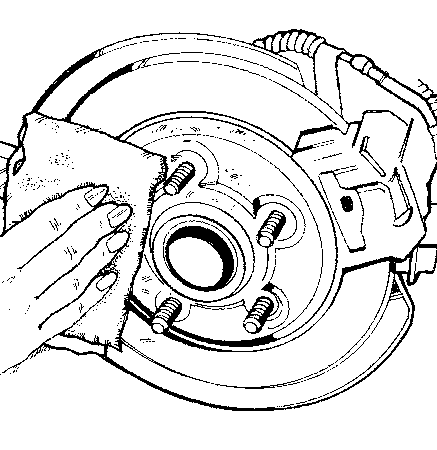
Caution: Rust or dirt on a wheel or other parts to which it is fastened, can make the wheel nuts become loose and eventually the wheel could come off and cause a crash. Always remove all rust and dirt from wheels and other parts.
Caution: Never use oil or grease on bolts or nuts because the nuts might come loose. The vehicle's wheel could fall off, causing a crash.
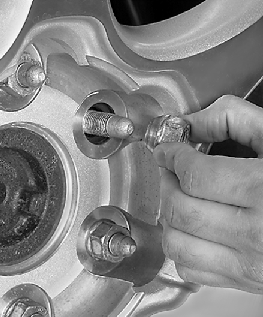
Front Position
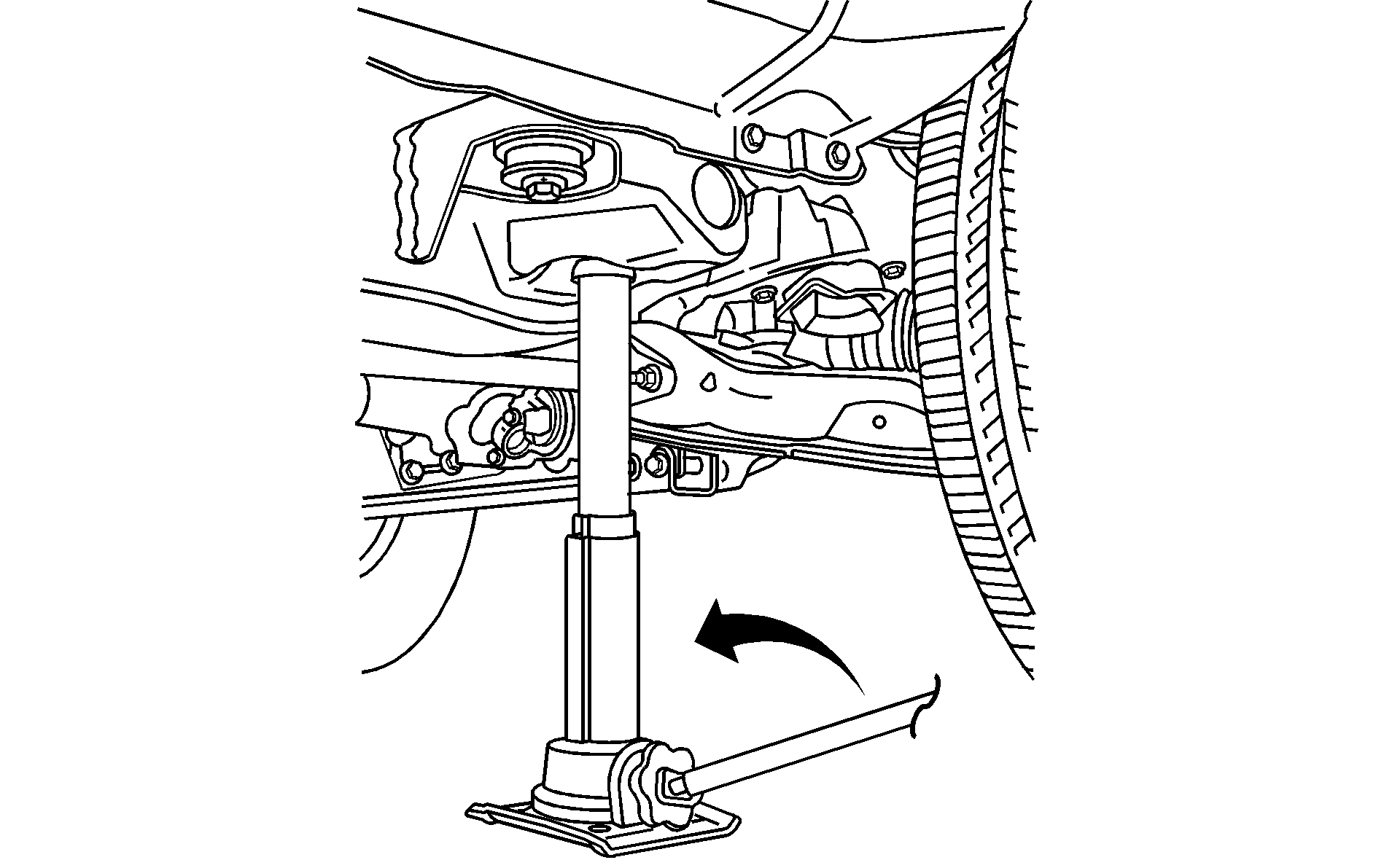
Rear Position
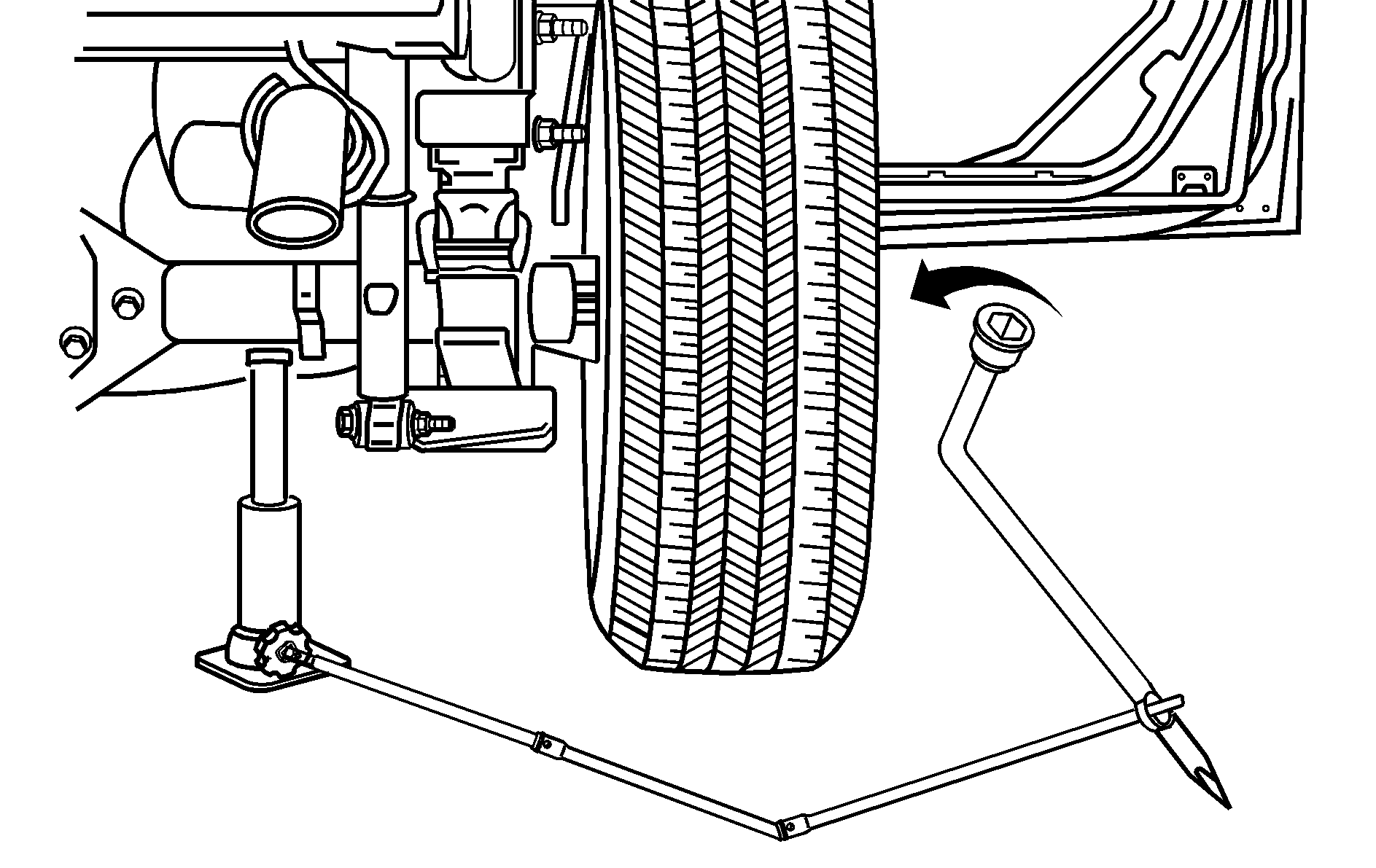
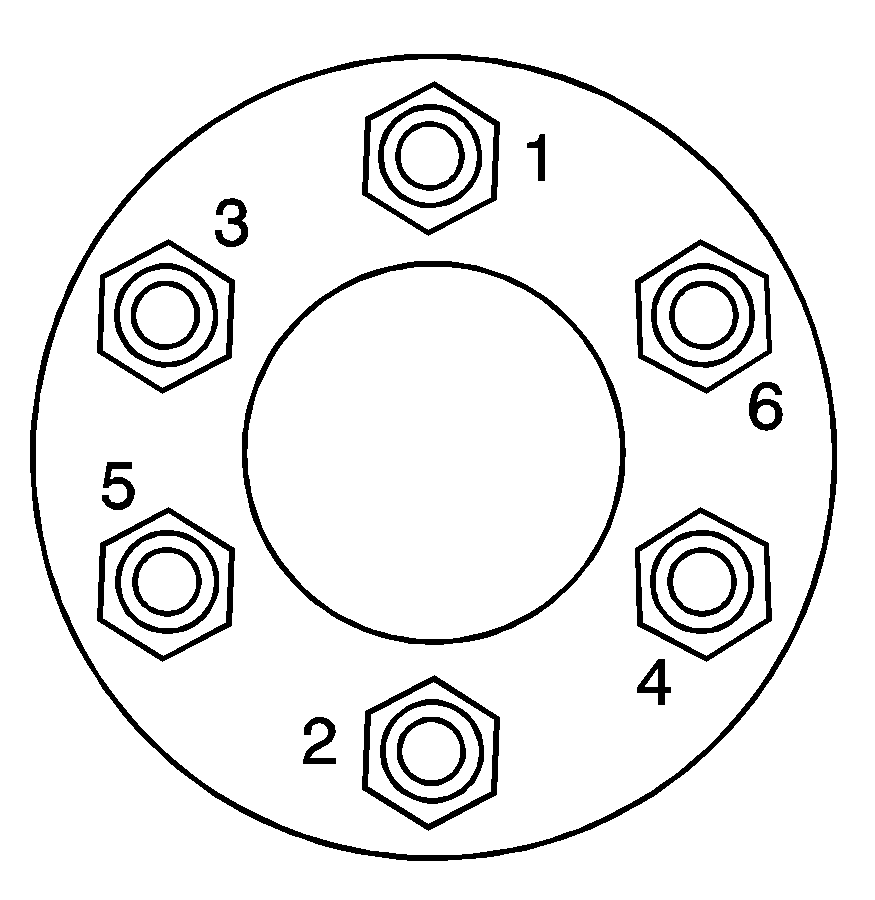
Caution: Wheel nuts that are improperly or incorrectly tightened can cause the wheels to become loose or come off. The wheel nuts should be tightened with a torque wrench to the proper torque specification after replacing. Follow the torque specification supplied by the aftermarket manufacturer when using accessory locking wheel nuts. See Capacities and Specifications for original equipment wheel nut torque specifications.
Notice: Improperly tightened wheel nuts can lead to brake pulsation and rotor damage. To avoid expensive brake repairs, evenly tighten the wheel nuts in the proper sequence and to the proper torque specification. See Capacities and Specifications for the wheel nut torque specification.
When you reinstall the regular wheel and tire, you must also reinstall the center cap. Place the cap on the wheel and tap it into place until it seats flush with the wheel. The cap only goes on one way. Be sure to line up the tab on the center cap with the indentation on the wheel.
Storing a Flat or Spare Tire, Jack and Tools
Caution: Storing a jack, a tire, or other equipment in the passenger compartment of the vehicle could cause injury. In a sudden stop or collision, loose equipment could strike someone. Store all these in the proper place.
Notice: Storing an aluminum wheel with a flat tire under your vehicle for an extended period of time or with the valve stem pointing up can damage the wheel. Always stow the wheel with the valve stem pointing down and have the wheel/tire repaired as soon as possible.
Store the tire under the rear of the vehicle in the spare tire carrier. Use the art and text following to help you.
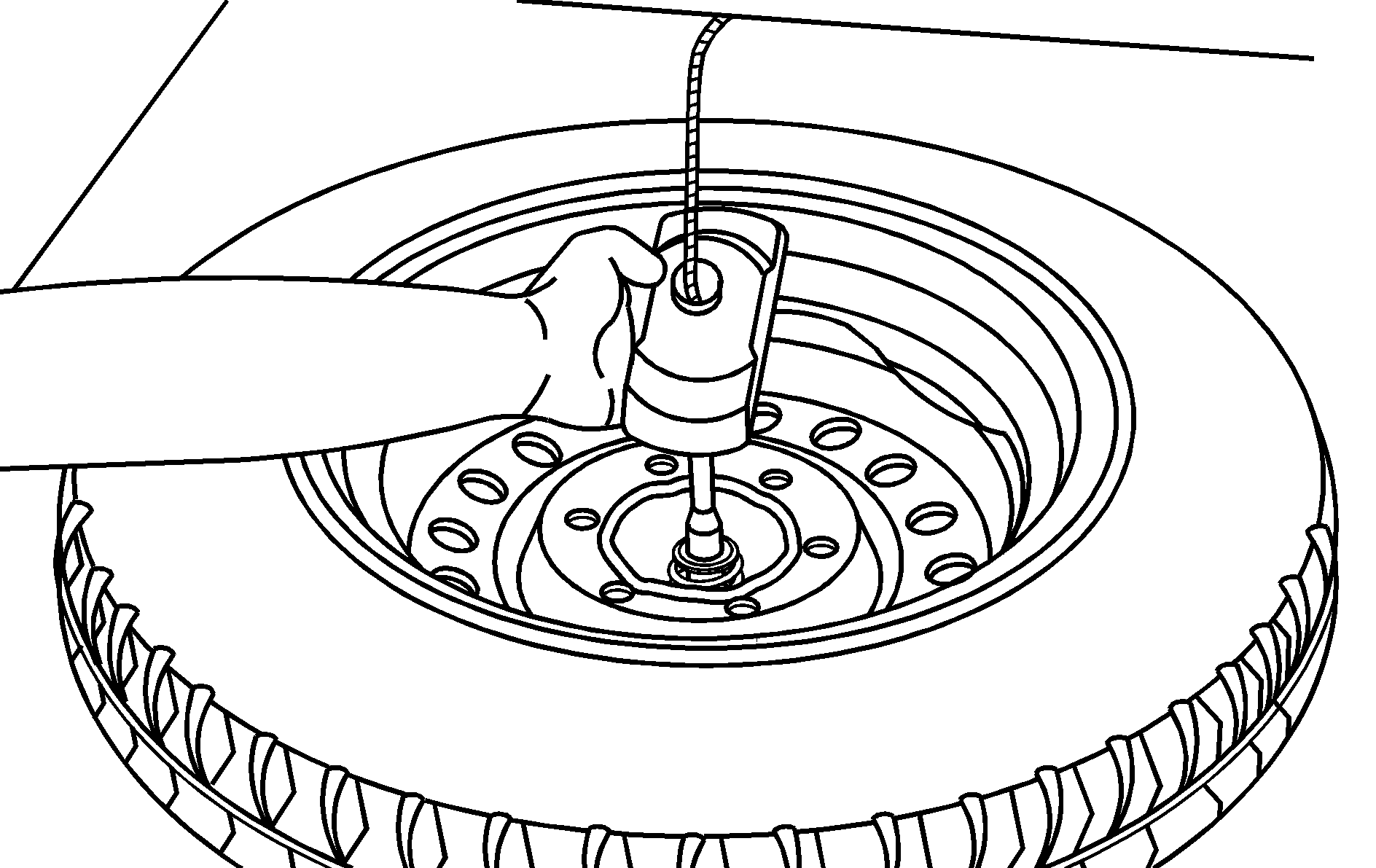
- Put the tire on the ground at the rear of the vehicle with the valve stem pointed down.
- Tilt the retainer downward and through the wheel opening. Make sure the retainer is fully seated across the underside of the wheel.
- Attach the wheel wrench and extensions together.
- Insert the hoist end through the hole in the rear bumper and into the funnel-shaped guide.
- Turn the wheel wrench clockwise to raise the tire part way up. Make sure the retainer is seated in the wheel opening and the valve stem is pointed down.
- Raise the tire fully against the underside of the vehicle by turning the wheel wrench clockwise until you feel it skip twice. You cannot overtighten the cable.
- Make sure the tire is stored securely. Push, pull, and then try to turn the tire. If the tire moves, check to make sure the tire valve stem is pointing down, then use the wheel wrench to loosen and then tighten the cable.
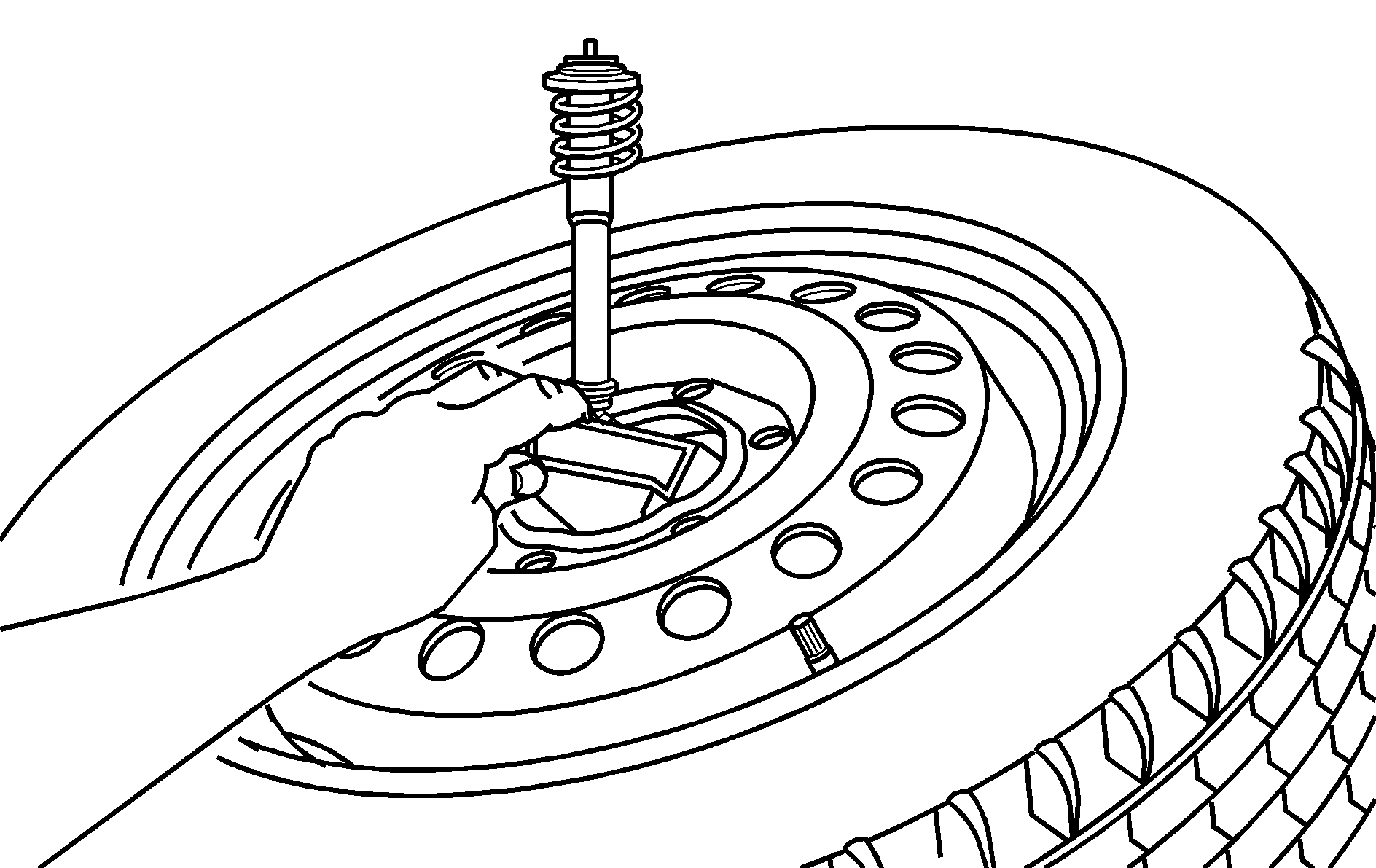
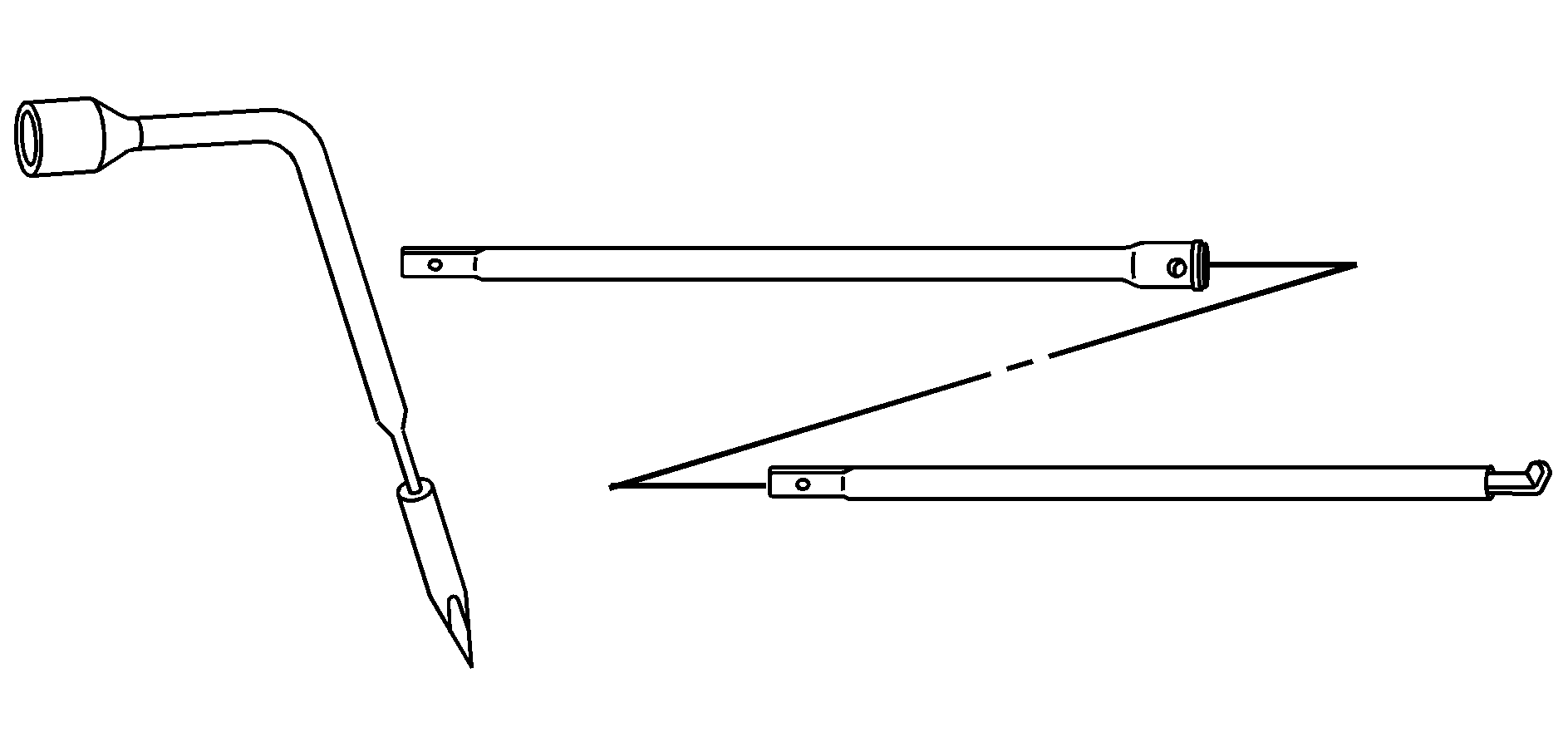


Push and Pull on Tire
Turn Tire
Return the wheel wrench and jack extensions and the storage bag to the location under the front passenger's seat. Reinstall the jack and wheel blocks, be sure to install the wheel blocks first. Secure the items in the vehicle as shown.
Crew Cab
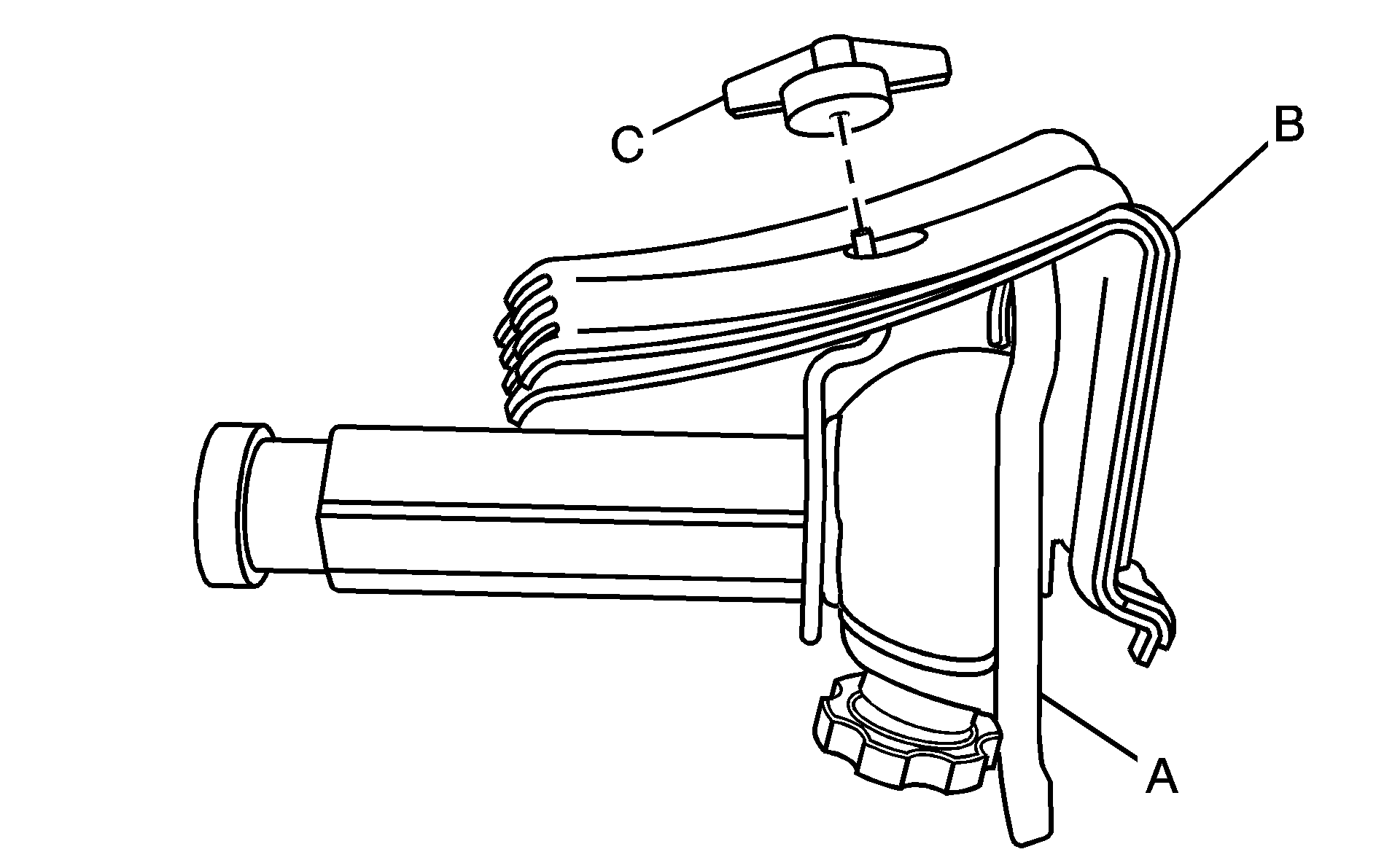
Bottle Jack
Wheel Blocks
Wing Nut
Regular and Extended Cab
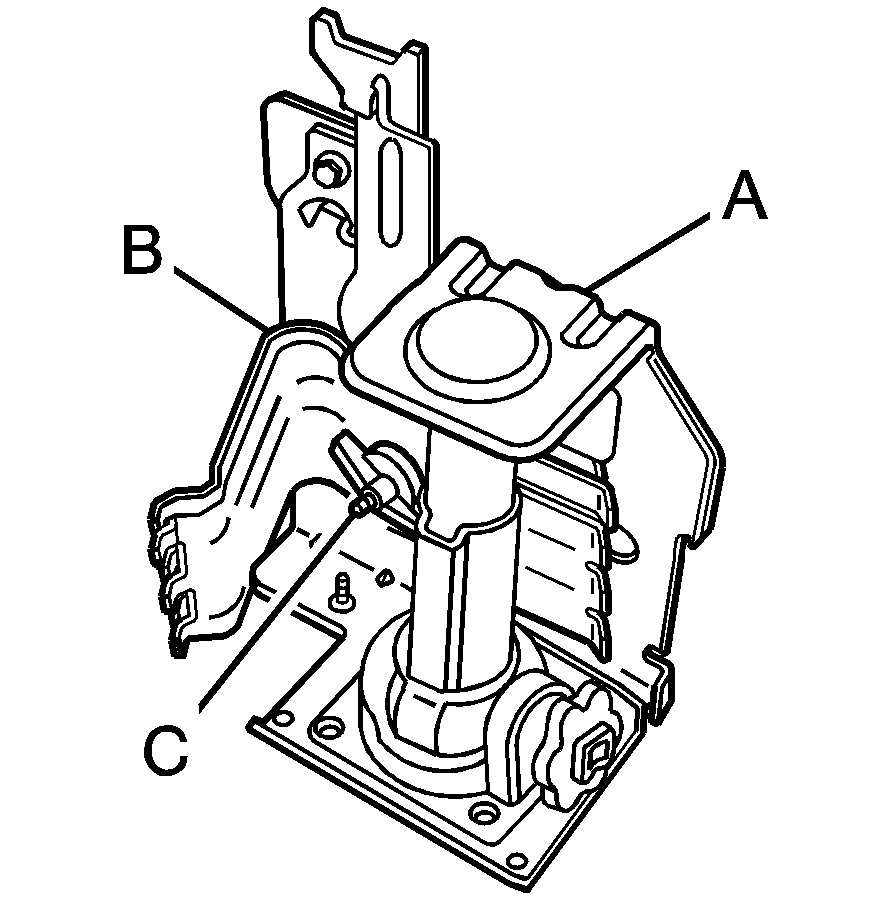
Bottle Jack
Wheel Blocks
Wing Nut
Secondary Latch System
Your vehicle has an underbody mounted tire hoist assembly equipped with a secondary latch system. It is designed to stop the spare tire from suddenly falling off your vehicle. For the secondary latch to work, the spare must be installed with the valve stem pointing down. See "Storing a Flat or Spare Tire, Jack and Tools" earlier in this section.
Caution: Before beginning this procedure read all the instructions. Failure to read and follow the instructions could damage the hoist assembly and you and others could get hurt. Read and follow the instructions listed next.
To release the spare tire from the secondary latch do the following:
- Check under the vehicle to see if the cable end fitting is visible.
- If the cable end fitting is not visible proceed to Step 6.
- Loosen the cable by turning the wheel wrench counterclockwise three or four turns.
- Repeat this procedure at least two times. If the spare tire lowers to the ground, continue with Step 5 of "Removing the Spare Tire and Tools" earlier in this section.
- Turn the wrench counterclockwise until approximately six inches (15 cm) of cable is exposed.
- Stand the wheel blocks on their shortest ends, with the backs facing each other.
- Place the bottom edge of the jack on the wheel blocks, separating them so that the jack is balanced securely.
- Attach the jack handle, extension, and wheel wrench to the jack and place it (with the wheel blocks) under the vehicle towards the front of the rear bumper. Position the center lift point of the jack under the wheel.
- Turn the wrench clockwise to raise the jack until it lifts the tire.
- Continue raising the jack until the tire stops moving upward and is held firmly in place. The secondary latch has released and the tire is balancing on the jack.
- Remove the jack handle and insert the hoist end of the extension through the hole in the rear bumper.
- Reinsert the jack handle into the jack. Lower the jack by turning the wheel wrench counterclockwise. Keep lowering the jack until the spare tire slides off the jack or is hanging by the cable.
- Disconnect the jack handle from the jack and carefully remove the jack. Use one hand to push against the spare while firmly pulling the jack out from under the spare tire with the other hand.
- Tilt the tire retainer at the end of the cable and pull it through the wheel opening. Pull the tire out from under the vehicle.
- If the cable is hanging under the vehicle, turn the wheel wrench clockwise to raise the cable back up.

If it is visible, first try to tighten the cable by turning the wheel wrench clockwise until you hear two clicks or feel it skip twice. You cannot overtighten the cable.
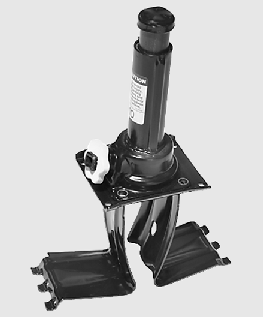
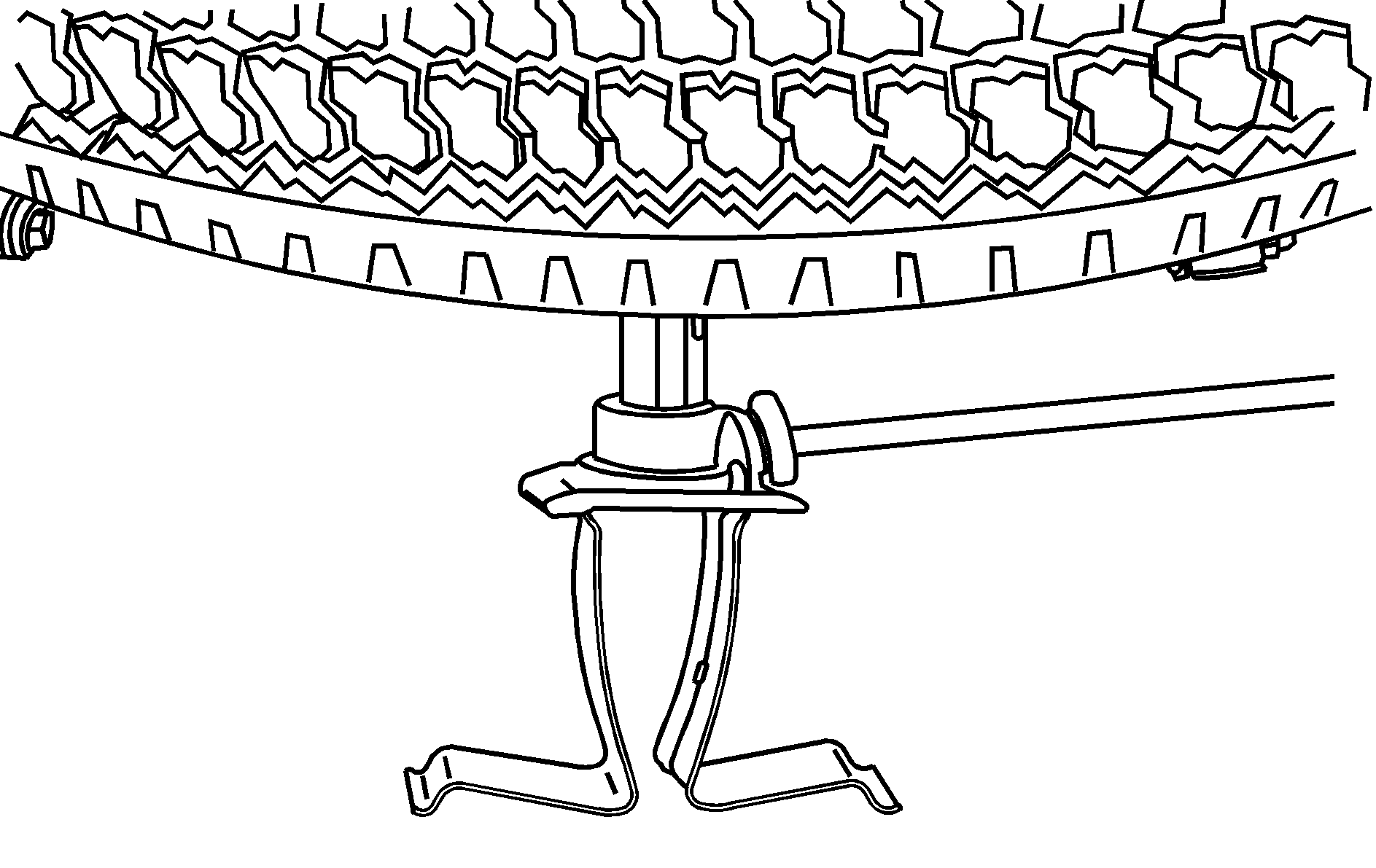

Turn the wheel counterclockwise one turn or until the wheel retainer assembly falls out.
Caution: Someone standing too close during the procedure could be injured by the jack. If the spare tire does not slide off the jack completely, make sure no one is behind you or on either side of you as you pull the jack out from under the spare.
If the spare tire is hanging from the cable, insert the hoist handle, extension and wheel wrench into the hoist shaft hole in the bumper and turn the wheel wrench counterclockwise to lower the spare the rest of the way.

Have the hoist assembly inspected as soon as you can. You will not be able to store a spare or flat tire using the hoist assembly until it has been replaced.
To continue changing the flat tire, see "Removing the Flat Tire and Installing the Spare Tire" earlier in this section.
